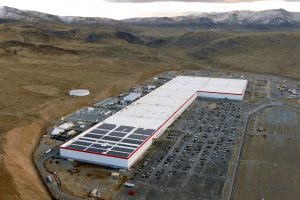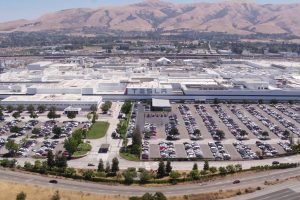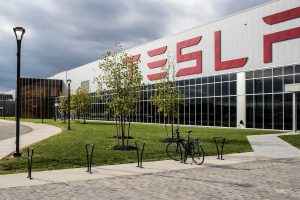Elon Musk is headstrong about his vision of a world where sustainable energy meets a large portion of our life needs. He kicked off his dream of the first-ever Tesla Roadster making it into assembly lines in February 2008 and then finishing a 500-car batch by June 2009. That was an eye-opener for the world as Tesla’s battery technology exhibits what was to come in the future, and the electric car powertrain.
Until then, the Palo Alto-based company has not looked back, introducing the Powerwall and Solar Roof into the renewable solar energy tech. Electric vehicles, batteries, and clean energy technology are, of course, autonomous of their academic wings. In a way, this establishes a renewable energy ecosystem that Elon envisages as the foundation for creating clean energy technology that is available to all.
Tesla Gigafactories
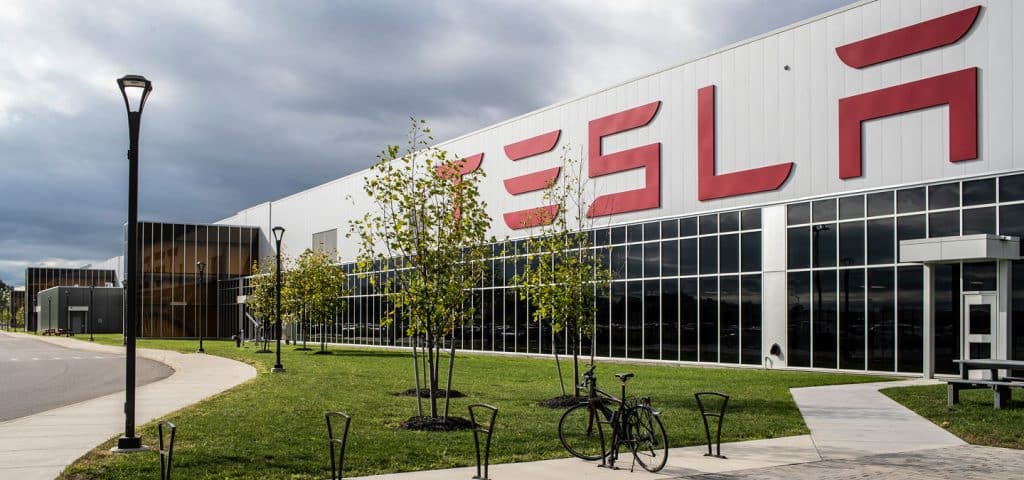
Tesla currently has three Gigafactories worldwide, and the fourth one is being built in Berlin, Germany, despite some significant opposition from environmentalists and local authorities. That said, in this factory, Elon has plans to make 500,000 electric vehicles and that is on his priority list.
Built in Storey County, Nevada (known as Giga Nevada), Gigafactory 2 in Buffalo, New York (now known as Giga New York), Gigafactory 3 in Shanghai, China (known as Giga Shanghai), and Gigafactory 4 in Berlin, Germany.
The Gigafactory in Shanghai began and delivered the first car in January 2020, while for the last few years the Gigafactory in Storey County and the one in Buffalo have sponsored the company’s dream. Despite demand for Tesla Model 3 growing in the States and the Fremont plant, California reaching capacity – the combination of future plans includes a third US Gigafactory right in.
From 1962 to 1982, the Tesla Fremont factory initially belonged to General Motors until purchasing the plant in 2010. Tesla Model S production began rolling out of the plant in 2012. Having a manufacturing plant in each of the major continents means customers would be able to have their cars delivered more easily and without delays. Having less means of traveling territories with far less legal obstacles.
Another advantage is the progress in moving forward towards achieving capabilities for generating terawatt-hour battery (per year). Another step in the right direction is the million mile battery for future cars that will hold more charge at a lower price point.
Future Gigafactory Plans
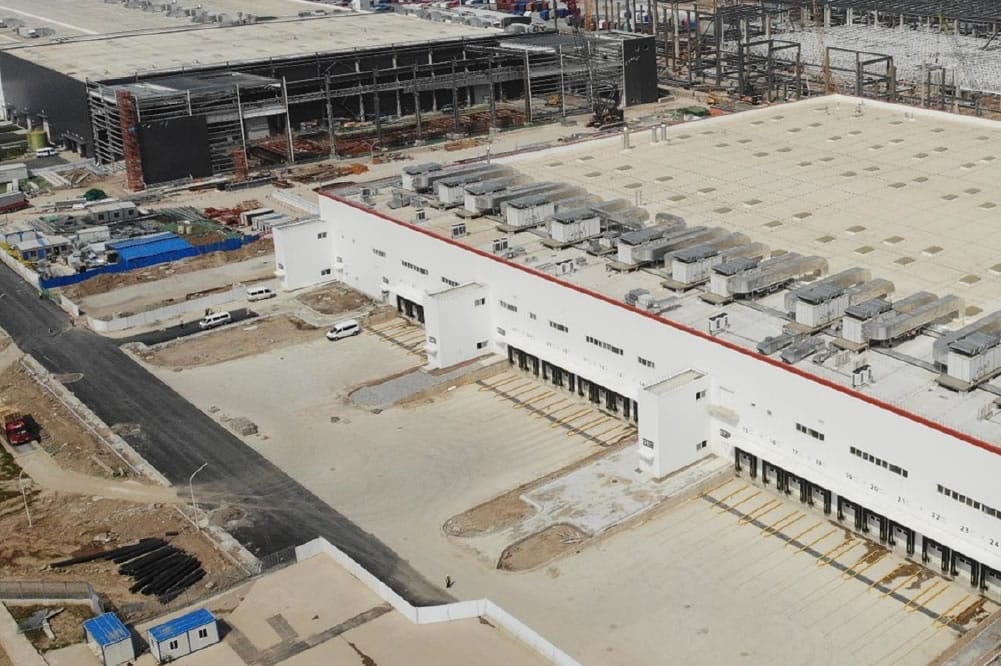
Tesla’s CEO recently unveiled his plans for an upcoming Gigafatory to be located in Asia. Considering that Giga Shanghai is already scheduled to manufacture 500,000 Model 3 and Model Y mid-sized SUVs per year in full volume, the factory will further boost the continent’s electric car production.
The factory’s plans and location at this point in time are pretty unclear, but one thing is for sure, the factory won’t be built in China. Japan and South Korea tend to be the locations where the facility could be set up, but India could also be on the cards for its cheap resources, manpower and government support for clean energy initiatives.
Elon has also indicated his intentions to build a factory in Central America. He has finalized two likely locations for producing the futuristic-looking Cybertruck – Austin, Texas and Tulsa, Oklahoma. The scale for the upcoming U.S. is tipping strongly in favor of Austin who is situated near the airport and major highways. Gigafabrik. The Tesla’s futuristic car will hit the roads by 2021 if everything goes to plan.
Tesla has modified its proposed Berlin Gigafactory project, purely to produce batteries and vehicles in order to expand its horizon in European markets, according to media reports. Under the original plan, in July 2021, production of 500,000 cars per annum will begin.
Now they have scrapped the development schedule for the battery-pack and the number of vehicles per year has also been reduced significantly to 100,000 (or more). After the factory is complete, Model Y cars will be built initially and later on Model 3.
The water needs were reduced by 33 percent in the plan – which was one of the worries of locals who are still dealing with water scarcity. They will also be constructing a new test track that will need 193.27 acres of devouring trees as opposed to the earlier 154.54 acres. They also moved the planned manufacturing facility for the propulsion unit to a new site.
The Challenges in Clean Energy Production
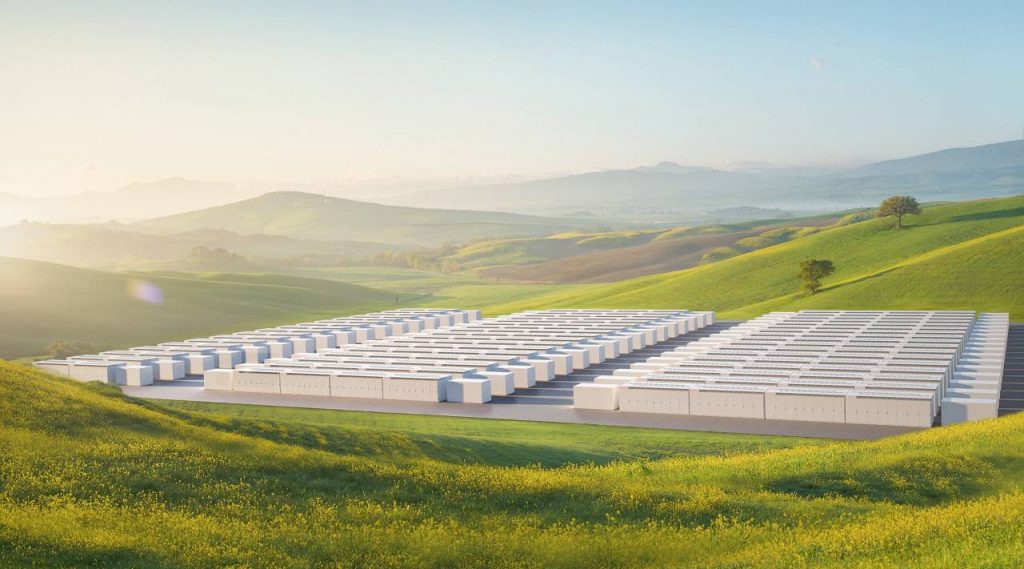
The end product – Tesla electric vehicles is absolutely clean when it hits the road, but the major problem is the production process. The factories producing such vehicles have environmental impact as the processes required for manufacturing cars produces carbon emissions and pollution. In fact, an ICCT (International Council on Clean Transportation) report states that producing an electric car has more impact on the environment than making a traditional vehicle.
Of course, after nearly two years of ownership, an EV neutralizes the overall environmental impact lifecycle – right from production to finally hitting the roads. Tesla wants to minimize the initial impact of building an electric vehicle on the environment. For this, the ultimate goal is to achieve 100 percent renewable energy in its Gigafactory operations.
Want to buy a Tesla Model 3, Model Y, Model S, or Model X? Feel free to use my referral code to get some free Supercharging miles with your purchase: http://ts.la/guanyu3423
You can also get a $100 discount on Tesla Solar with that code. No pressure.



